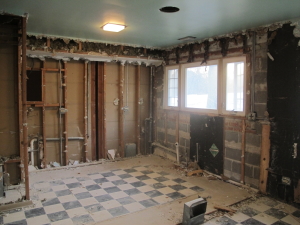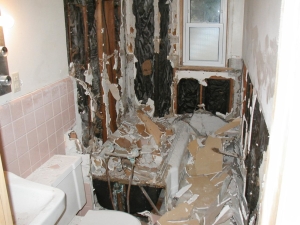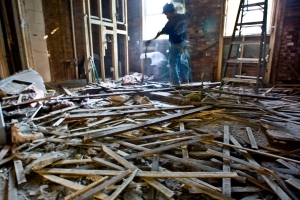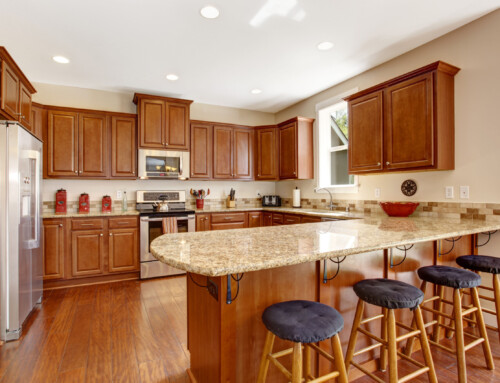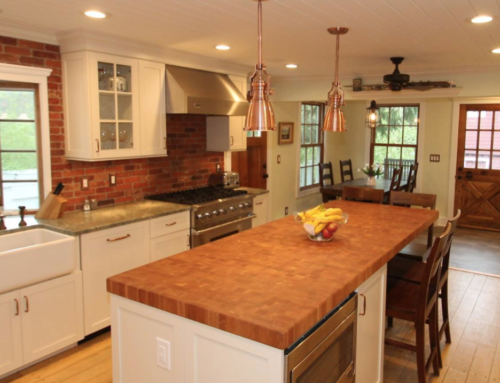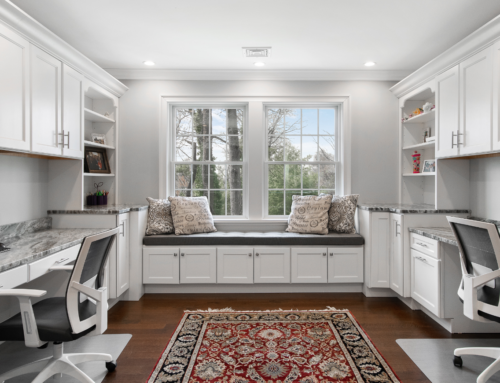Before remodeling any area of your home, a demolition, big or small, must take place. If you have demolished your kitchen or bathroom, you may have run into a few problems. If you are interested remodeling a kitchen or bathroom of your own, this article is for you!
Many older homes, especially built prior to the 1950s, tend to have unforeseen repairs. We have gathered up our most important tips to give you an idea of what to expect for your next remodeling project in your kitchen and/or bathroom.
When a demolition takes place, an area of the home is broken down and removed for newer and more durable materials to be put in place. This means that all appliances, cabinetry, countertops, and more must be removed. However, throughout the demolition process, one must be prepared for and expect a few problems to arise. With that said, it is important to be realistic about your budget.
When deciding on your budget, be sure to keep a 15% through 20% contingency allowance for any unforeseen issues. Your contractor may find something that wasn’t visible prior to the demolition process, which will most likely require extra work.
There can be a plethora of issues such as framing issues (missing supports, cut/floor ceiling joists, or missing door/window headers). Other unforeseen issues we’ve come up with include termite damage, water damage, roof leakage, improper wiring, knob and tube wiring, plumbing that is not properly vented, lead waste piping for the toilet, clogged galvanized piping (after decades build up, they become clogged with solids), no dedicated circuit for GFIC outlet in the bathroom, and inadequate or no insulation.
As you can see, the chances of an unforeseen issue occurring, especially in an older home, is high. Be sure to expect a few issues and to be prepared. When a demolition occurs, be sure to pants, long-sleeves, boots, gloves, a hat, and safety glasses. Don’t forget to seal off the demolition area with a plastic sheet to keep the rest of your home clean.

